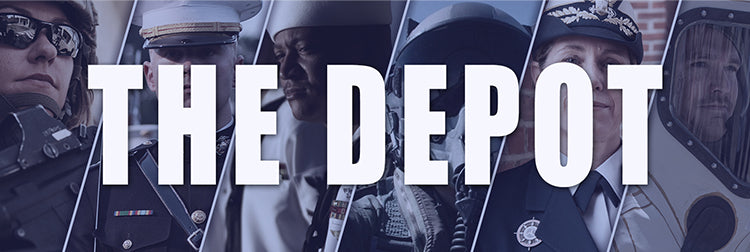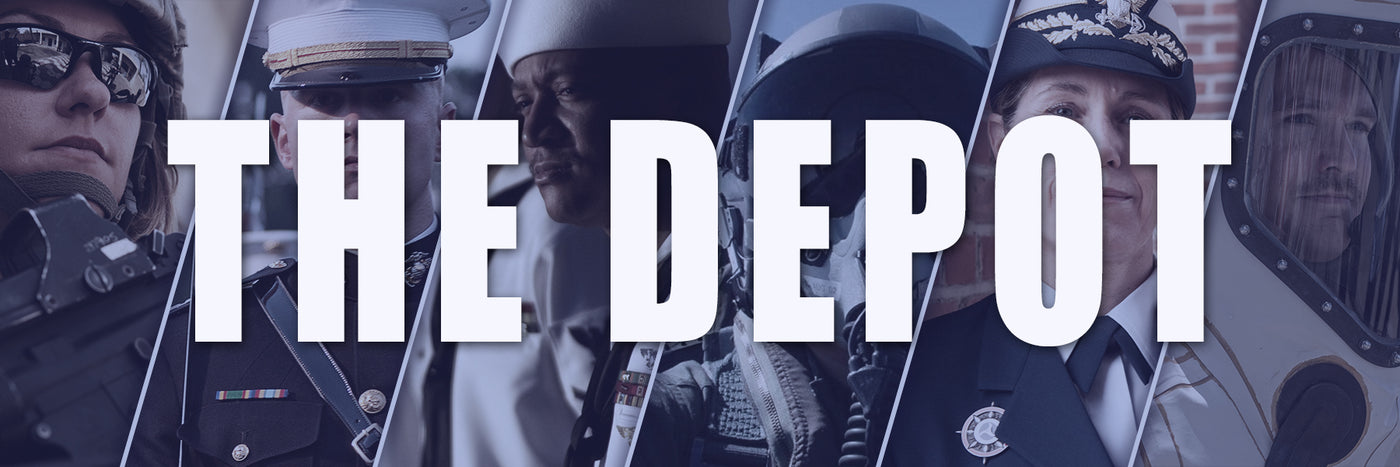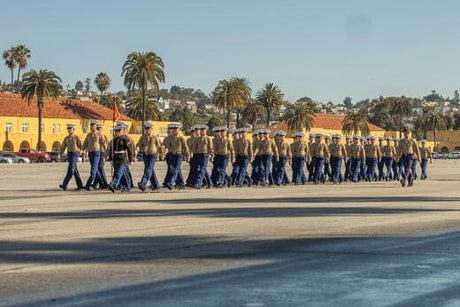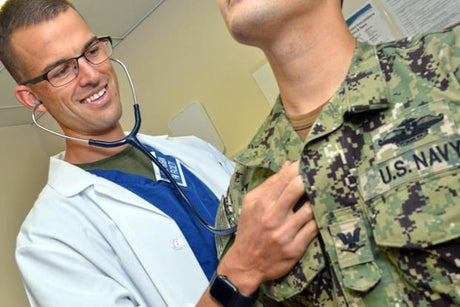
24 Navy Ships the U.S. Navy Wants to Decommission
The Navy wants to decommission 24 Navy ships in 2023. The move could save up to $3.6 billion over the next five years. Is your favorite ship on the chopping...
Blog Staff |
ARMED FORCES SUPER STORE 1-877-653-9577 | 8 - 7 CST MON-FRI



The Navy wants to decommission 24 Navy ships in 2023. The move could save up to $3.6 billion over the next five years. Is your favorite ship on the chopping...
Blog Staff |

The Navy Cross may be awarded to any member of the U.S. Armed Forces while serving with the Navy, Marine Corps, or Coast Guard (when a part of the Department...
Blog Staff |

The Navy Medal of Honor is our country’s oldest continuously awarded decoration. Some might argue that the oldest and first U.S. medal would be the Purple Heart, originally named the...
Blog Staff |

US Navy caps can also be used to commemorate service. Whether you are purchasing US Navy caps for yourself, or purchasing US Navy caps for someone else, these US Navy...
Blog Staff |

Basic training for every branch of service is different and varies in difficulty, but when its over all participants are happy about their accomplishment and a great way to show...
Blog Staff |

The holidays are closing in fast and if you have a sailor in your life, you might be looking for gifts for Navy sailors that will show them how much...
Blog Staff |

All branches of the military, with the exception of the U.S. Marine Corps and U.S. Space Force, have military doctor billets. Being a military doctor can be rewarding because a...
Blog Staff |

The U.S. Navy and the U.S. Marine Corps are very unique branches of service and while they both involve maritime service and both are separate branches of the military, they...
Blog Staff |

In May 1944 a U.S. Navy hunter-killer task force sailed from Norfolk, Virginia across the Atlantic to the Canary Islands to conduct anti-submarine patrols. For weeks the group searched with...
Steven Alvarez |